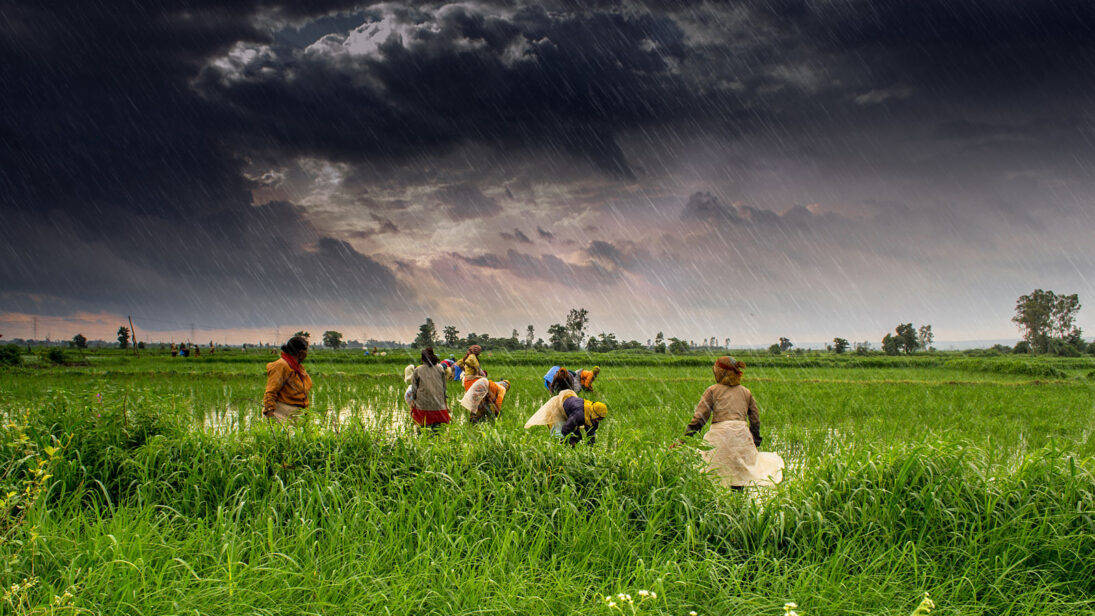
At South Asian Voices, we pride ourselves on publishing diverse perspectives from across the subcontinent on important and often contentious issues related to the politics, security, and economics of South Asia. Below are the SAV editorial team’s top picks of 2022:
Brigitta Schuchert
Anuttama Banerji, August 12

In looking back on 2022, I would highly recommend that all South Asian Voices readers return to the Partition series along with the collection of personal reflections from South Asian Voices readers. Anuttama Banerji’s examination of the Partition of Bengal and its continued impacts and public memory today, exemplifies the layers of Partition histories that the series strove to explore. Her essay is a thoughtful exploration of state-building, identity, and international politics.
Military Lessons from the Russia-Ukraine War for South Asia
Aditi Malhotra and Maimuna Ashraf, May 17 & May 25
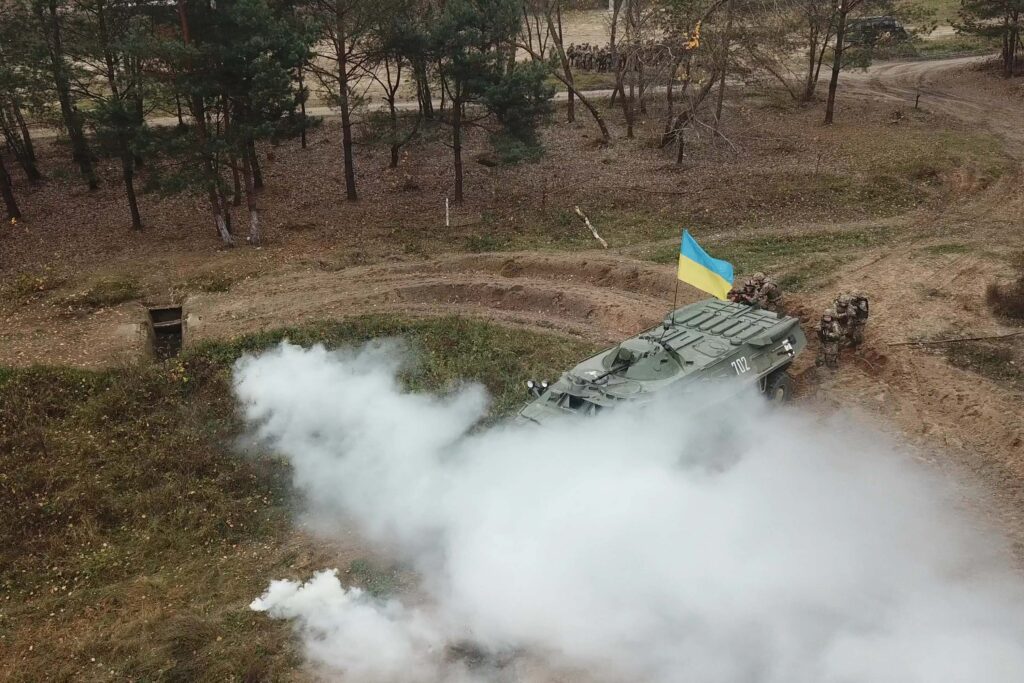
I have returned time again to this two-part SAV series on the implications of the Ukraine war for military modernization and operational concepts within the context of South Asia. Both papers were published amidst rapidly developing news stories and as policymakers and analysts were grappling with (and indeed continue to grapple with) the lasting ramifications of Russia’s war in Ukraine. Malhotra’s piece examines the challenges India may encounter in the years to come as it faces potential shortages of Russian military equipment in the short- to medium-term, and asks whether this may prompt a reconsideration of India’s Russia policy in the long-term. Ashraf further explores the operational lessons India and Pakistan may take, analyzing the implications for conventional asymmetries in wartime, Russia’s logistics challenges, and the emerging role of UCAVs. Both articles remain timely and at the same time forward-looking.
Isha Gupta
Beyond the Brink: Can an Old Face Save a Country in Freefall?
Yolani Fernando, June 2
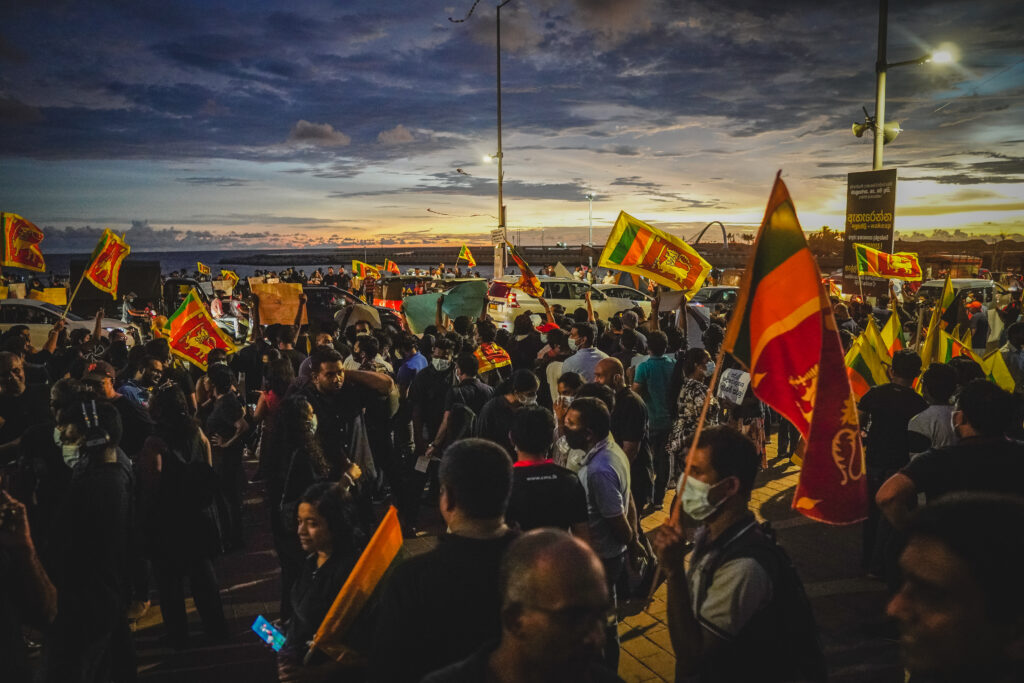
Yolani Fernando deftly chronicles the origins of Sri Lanka’s financial woes and provides the necessary political context to analyze how newly appointed Ranil Wickremesinghe will fare in the hot seat. Published a month before protestors stormed multiple government residences in Colombo, Fernando’s article gave a timely warning that temporary political solutions would not solve Sri Lanka’s longstanding economic issues.
Strategic Autonomy: Comparing India and Pakistan
Aditi Malhotra & Usama Nizamani, September 19
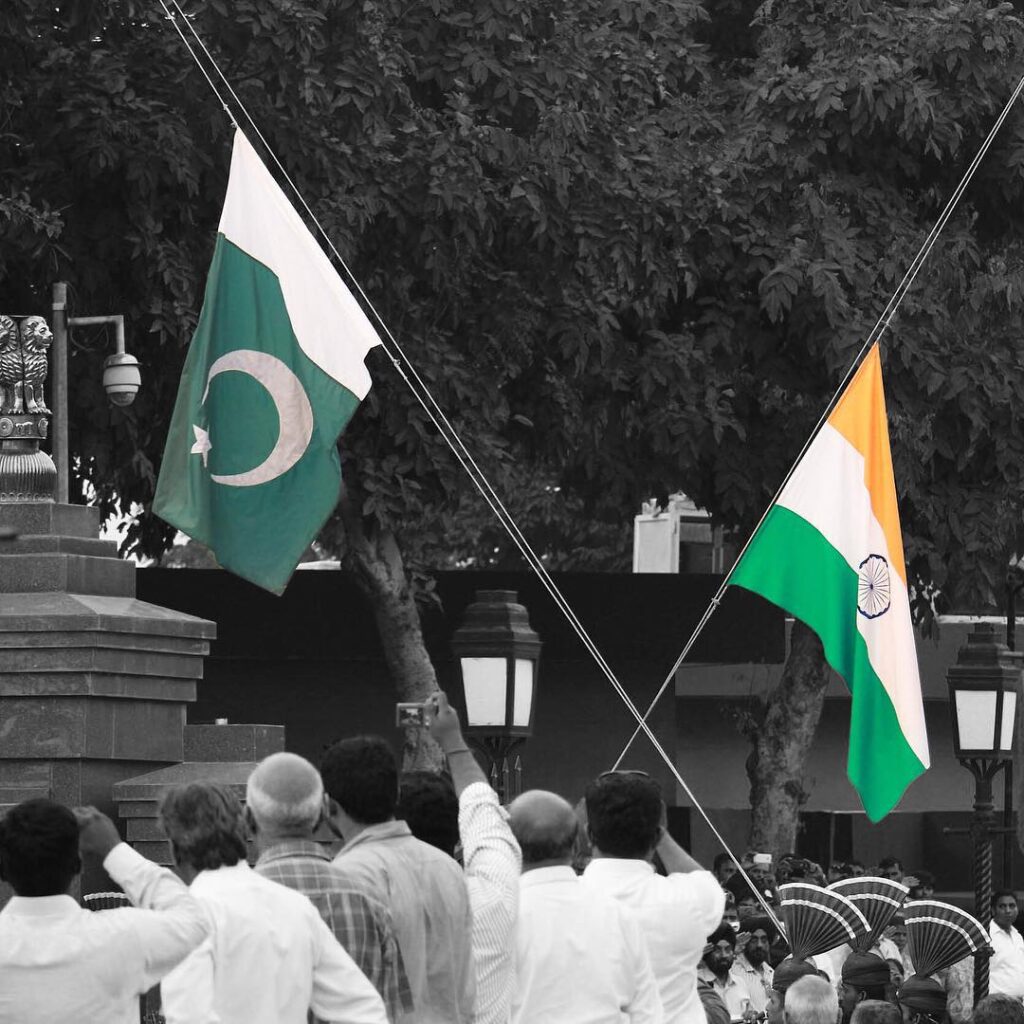
Aditi Malhotra and Usama Nizamani assess how India and Pakistan practice strategic autonomy, first factoring in historical context before using the Ukraine war and China’s rise to exemplify their arguments. Their comparative approach reveals the similarities and differences between India’s and Pakistan’s approaches to major global crises this year, allowing for fascinating insights into strategic stability in the subcontinent.
Dante Schulz
Is There Any Strategy Left for Washington in Afghanistan?
Arash Yaqin, September 7

Another fraught winter returns to Afghanistan amidst a crippling economy, disastrous humanitarian crisis, and restrictions on the rights and freedoms of the Afghan people. While the United States fully withdrew its troops last August, Arash Yaqin emphasizes that the fight for ordinary Afghans must continue. Yaqin acknowledges the lack of U.S. capability and interest in conducting counterterrorism operations in Afghanistan but instead provides steps for a comprehensive strategy to uplift Afghans in the face of the Taliban. His suggestions, including engaging more intentionally with Afghan civil society groups, expediting visa applications for Afghans seeking refuge, and supporting non-violent actors are appropriate measures to support the Afghan people and contrive a way forward for Washington in Afghanistan.
Assessing the Human Impact of the India-China Border Dispute
Zainab Akhter, October 24

Zainab Akhter offers a new perspective on the India-China border dispute in Ladakh by analyzing the conflict’s impact on the livelihoods of border dwellers, like the Changpas. Living in nomadic pastoral communities straddling the border, the Changpas most directly feel the geopolitical tensions between New Delhi and Beijing. Akhter explains that their movements are restricted by Chinese and Indian surveillance while also being neglected by development programs due to their geographical remoteness. Through her analysis, Akhter reminds the policy community that geopolitical decisions emanating from regional and national capitals have real-world impacts on frontier communities caught in the middle.
Mahika Khosla
75 Years After Partition: Reflections from South Asian Voices Readers and Contributors
Multiple Contributors, August 12
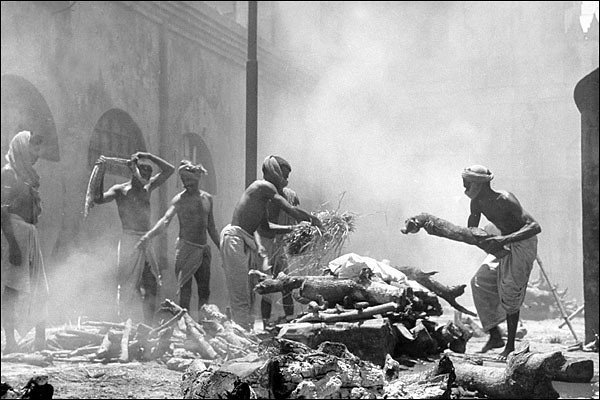
August 2022 marked 75 years since South Asia witnessed the brutal Partition of the Indian subcontinent. For the 75th anniversary of Partition, we collected reflections from SAV contributors on both sides of the India-Pakistan border but bound by a shared history. We received reflections on family migrations, forgotten feminist struggles, pilgrimages to ancestral graves, and long-lost homes. These reflections sought to remember, acknowledge, and explore how Partition continues to shape the quotidian human experience in South Asia.
A Balancing Act: Challenges to Pakistan’s Refugee Management
Noorulain Naseem, October 14

2022 Visiting Fellow Noorulain Naseem examines the challenges of Afghan refugee management in Pakistan in the absence of a formal international and domestic legislative framework. She argues that the withdrawal of the United States from Afghanistan in 2021 resulted in a large influx of refugees into Pakistan, leading to security and humanitarian challenges. After examining the push and pull factors for forced migration from Afghanistan to Pakistan, Noorulain analyzes the gaps in Pakistan’s refugee policy and highlights the fraught relationship between the state and the UNHCR. Noorulain emphasizes the need for the United States to decouple its humanitarian obligations towards relief and development in the region with its strategic and national security interests. Her analysis is sharp and timely, and provides a fresh perspective into the delicate balance between humanitarian and security concerns in Pakistan.
Uzair Sattar
Pakistan Floods & Climate Security: Rethinking Comprehensive National Security
Ameera Adil & Faraz Haider, September 8
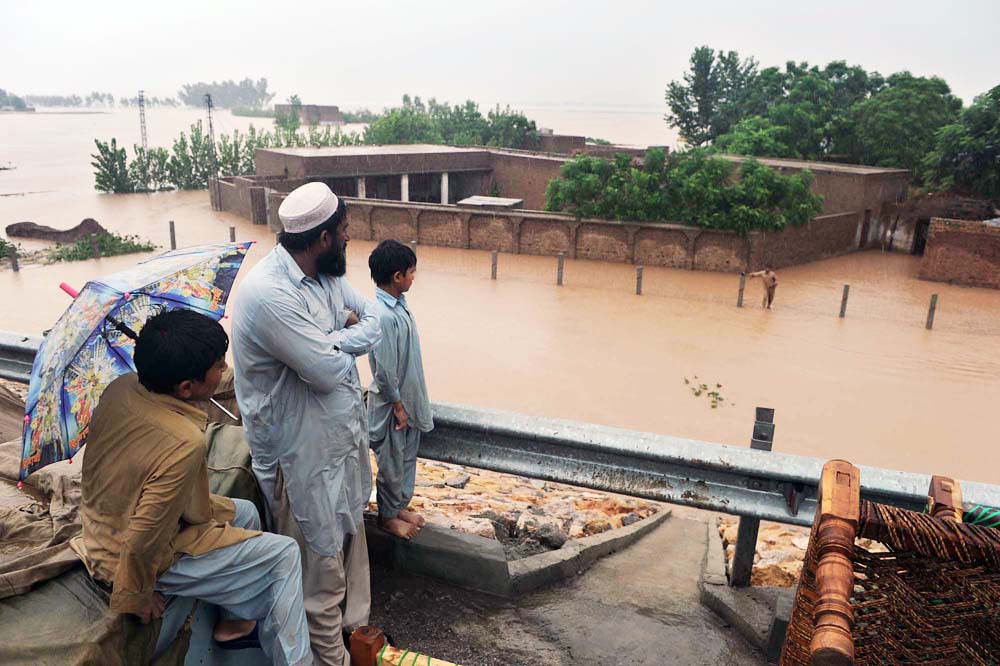
When Ameera and Faraz submitted the first draft of this essay in the summer, it was titled “Balochistan Floods.” A few weeks later, after their second submission, I changed the title to “Balochistan and Sindh Floods” to reflect the impact on a second province. And by the time it was published, the essay was titled in its current form, “Pakistan Floods,” to account for the nationwide devastation that occurred over such a short period.
Pakistan’s barsaat this summer was unlike any other. Torrential rains drowned a third of the country, killing thousands, and displacing millions. By placing the causes and implications of the floods within a national security framework, Ameera and Faraz have persuasively argued for a different lens to approach climate security. Policymakers in Islamabad will do well to adhere to the essay’s many valuable recommendations as they gear up to tackle the challenge of our generation through the existing National Security Policy (2022-26).
“Denazification,” Disinformation, and how (Pseudo)Authoritarian States Justify War
Sunaina Danzinger, March 31
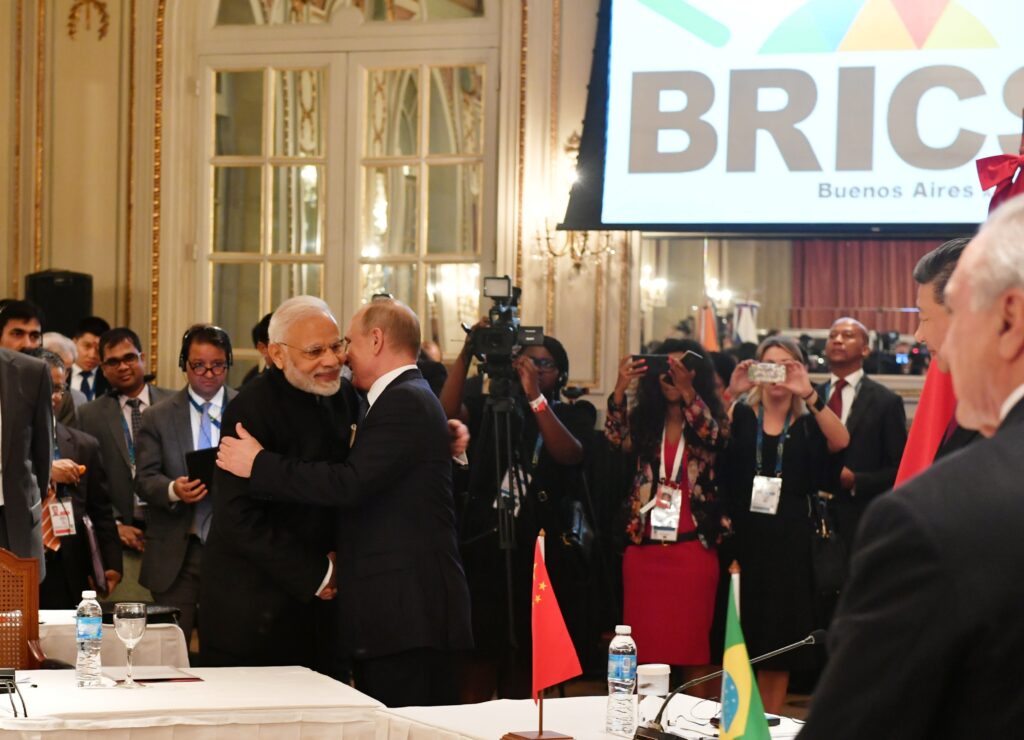
Sunaina argues that the rise of right-wing governments, nationalism, and the 21st-century post-truth environment reduces the so-called barrier to entry for authoritarian leaders in justifying war. She provides a rich historical perspective, clear argumentation, while drawing forward-looking lessons from the Russian invasion of Ukraine to future India-Pakistan crises.
Given the essay’s continued relevance, the following questions come to mind after seeing the War play out for almost nine months since publishing: When will President Putin be able to tell domestic audiences that Ukraine has been successfully “denazified?” Will it be when he achieves his objectives of occupying Ukrainian territory? Are those objectives possible? And if not, how will Putin “un-justify” his war even if he chooses to end it?
These questions may also apply to future India-Pakistan crises. India’s domestic political climate has taken an authoritarian, ethnonationalist turn through the instrumentalization of Islamophobia by its right-wing, nationalistic BJP government. These phenomena increase the risk of ideologically justifying aggression in the next India-Pakistan crisis, making identifying off-ramps more challenging in nuclear South Asia.
***